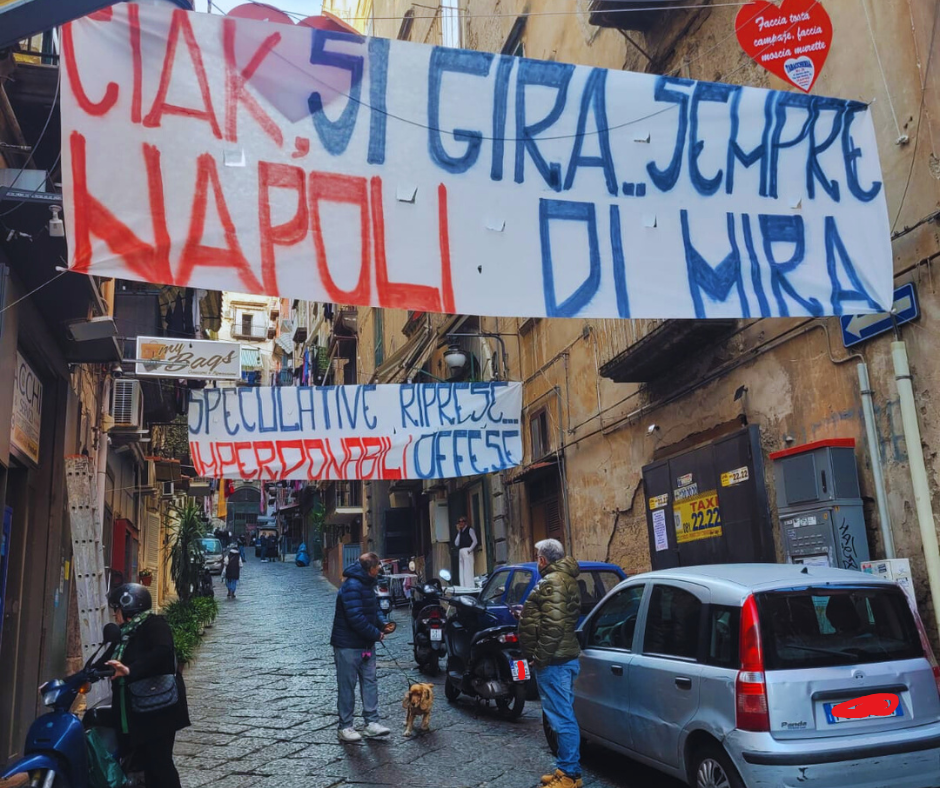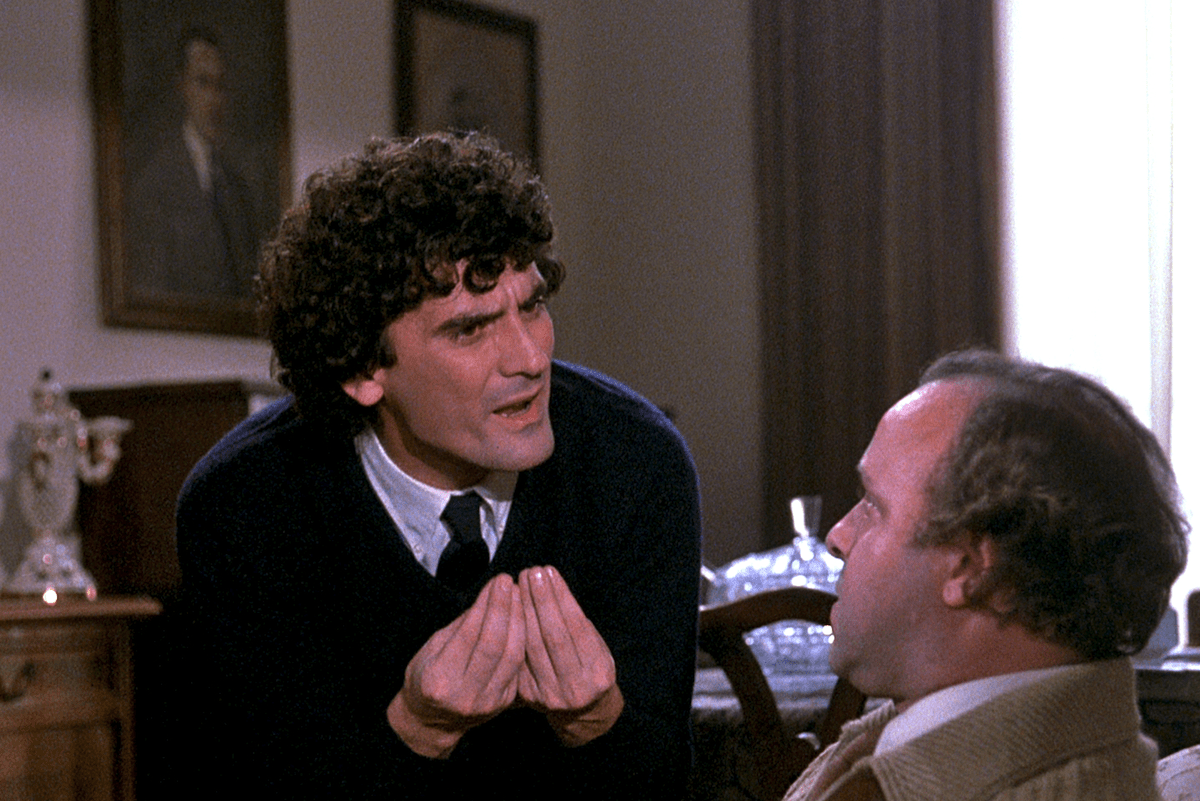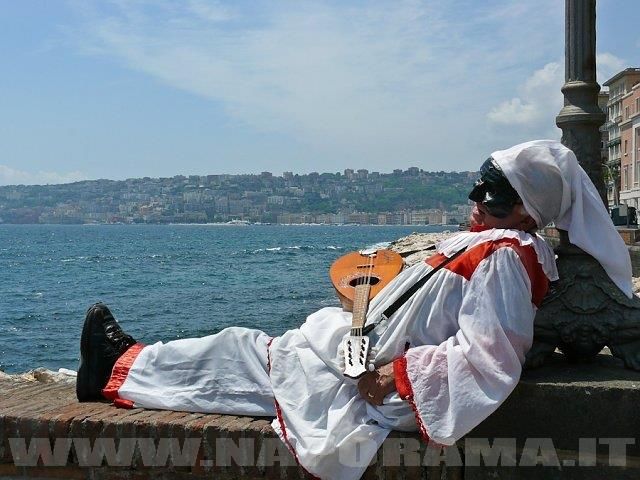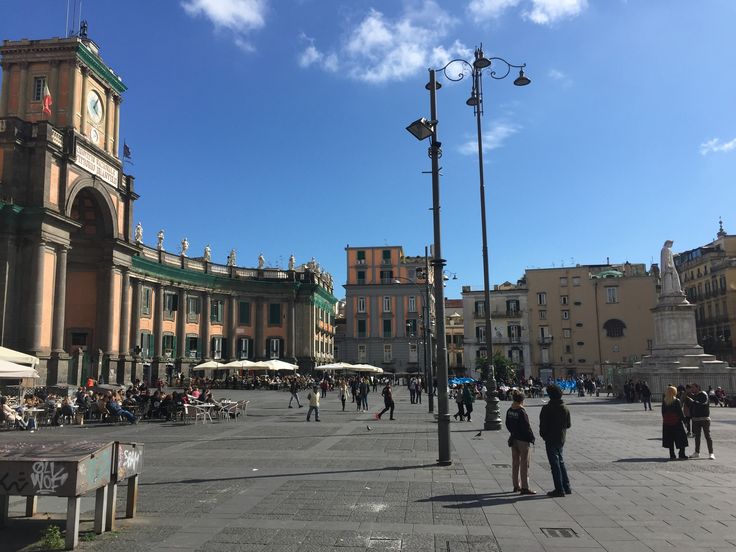
The so-called Tiberius leap (Salto di Tiberio), also known as the leap, or, in a more ancient form, as the Timberius leap, is a precipice overlooking the sea, approximately 297 meters high above sea level, located on the north-eastern side of the island of Capri, near Villa Jovis.

According to a legend, the Roman emperor Tiberius, who came to stay on the island from 27 to 37, had the condemned people thrown down the cliff: after falling into the Tyrrhenian Sea, they would were beaten with oars and sticks by a team of sailors until they died. The story is mentioned in a work by the Roman writer Suetonius, who reports:
“The point where all his cruelty was revealed in Capri is seen, causing his victims to fall into the sea in his presence, after having tormented them for a long time with every kind of torment. They fell among a team of sailors, who beat them barbarously with sticks and oars, until every breath of life was extinguished in them.” (Suetonius, Lives of the Caesars. Tiberius)
The legend has been refuted several times, demonstrating that a body thrown from a height of approximately 300 m would not fall directly into the sea below, but would end up crashing on the rocks encountered along the way. Maxime Du Camp, a nineteenth-century French writer, also debunked the legend by trying to throw stones of various shapes and sizes into the precipice, which always crashed on the rock and never reached the sea.
Tiberius, the “unhappy” Emperor who chose Capri as his home
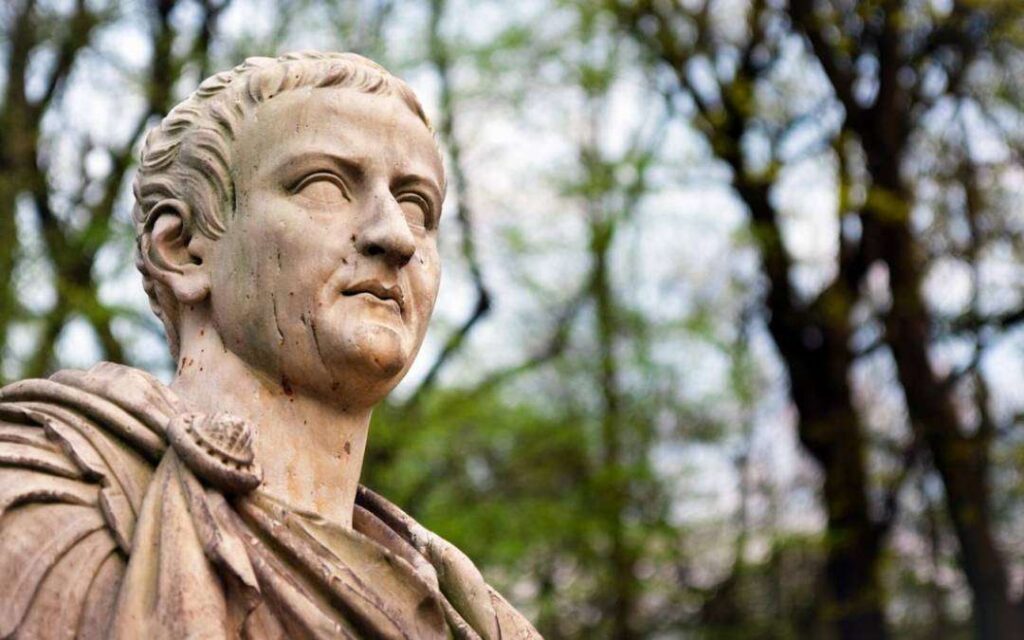
Tiberius Julius Caesar Augustus (42 BC – 37 AD) was the second Roman emperor, after after Octavian Augustus Caesar. He belonged to the Julio-Claudian dynasty, and reigned from 14 to 37, the year of his death. Under his reign the cult of Jesus spread, who was condemned to crucifixion by Pontius Pilate in the year 33.
Emperor Tiberius lived the last eleven years of his life on Capri, far from Rome. In that place Tiberius had the largest of his palaces built, which he dedicated to god Jupiter (in Latin: Iuppiter, Jovis; in Italian: Giove; in Greek: Zeus). From those rooms he governed the empire. The building stood imposingly and majestically on a very high promontory overlooking the sea. The development of the palace was given by the very nature of the land.

Everything you need to know about Tiberius’ Villa on Capri
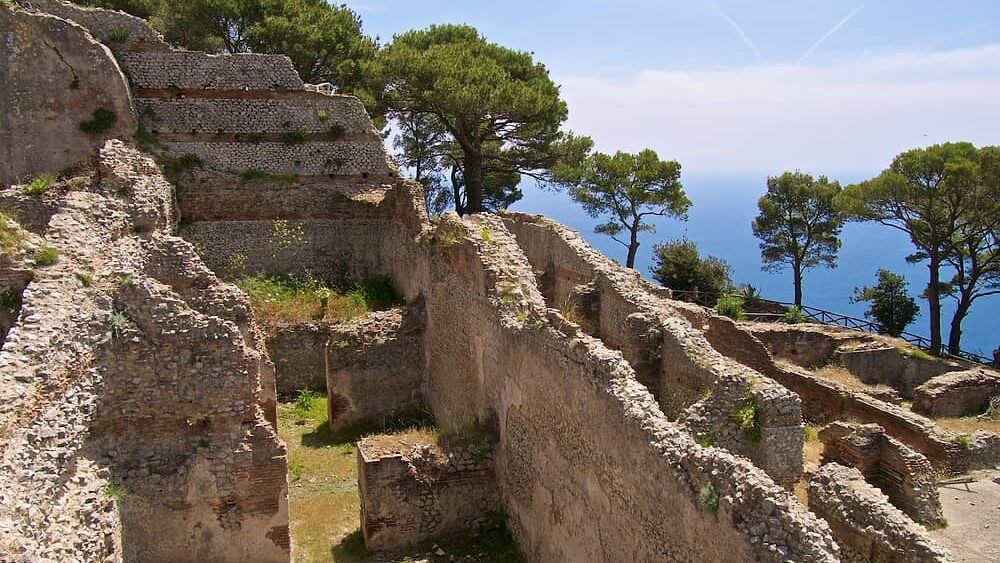
Today the peak is known as Monte Tiberio. The view that can be enjoyed from the north side embraces a good part of the Gulf of Naples, ranging from the island of Ischia to Punta Campanella, while the south side overlooks the center of Capri.
How to get to Villa Jovis on Monte Tiberio:
From Piazza Umberto I, along Via Le Botteghe, Via Fuorlovado, Via Croce and Via Tiberio, or, again from Piazza Umberto I, along Via Longano, Via Sopramonte and Via Tiberio. Get ready: the road is all uphill.
The opening hours of Villa Jovis are always very variable, before setting off we recommend checking whether or not the site is open at the tourist information office in the Piazzetta or Marina Grande.
Entry is permitted until 6pm in May, and it costs 6€. It’s closed on monday.

